Birds and Powerlines
Larissa Smith: CWF Senior Biologist,
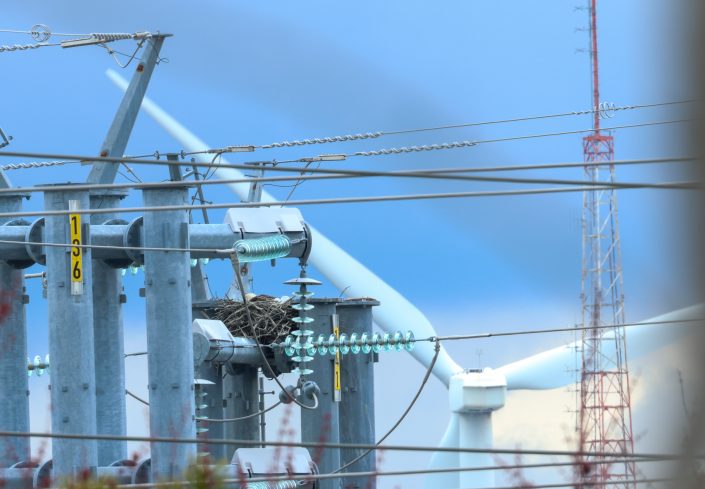
Last week I attended the APLIC (Avian Powerline Interaction Committee) workshop hosted by PSE&G. APLIC is a group that leads the electric utility industry in protecting avian resources while enhancing reliable energy delivery. We all use electricity and power lines are needed to distribute the power to where it’s needed. Powerlines and transmission towers have become a normal part of the landscape and we don’t pay much attention until our power goes out. All different species of birds, from bald eagles to starlings, interact with powerlines, poles and towers daily, including perching and nesting on them.
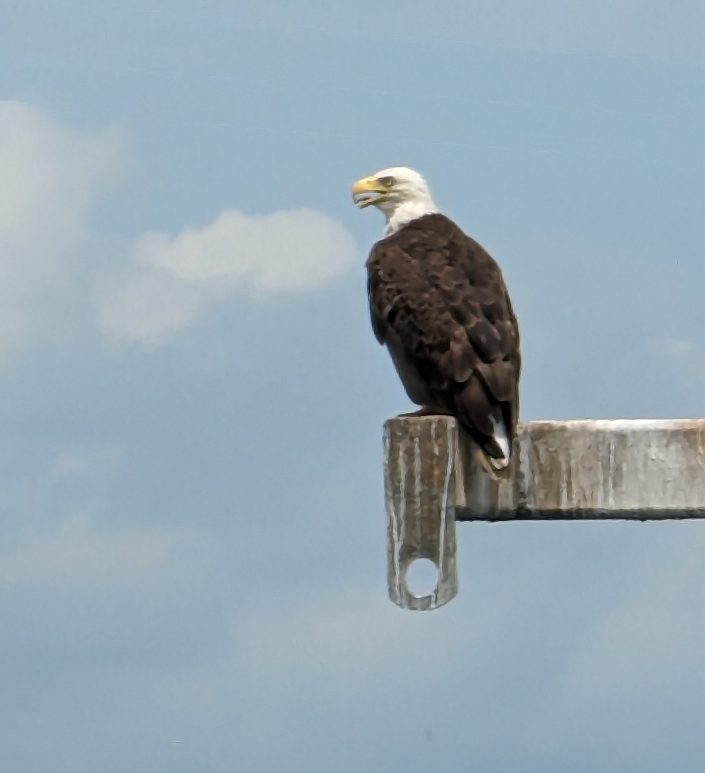

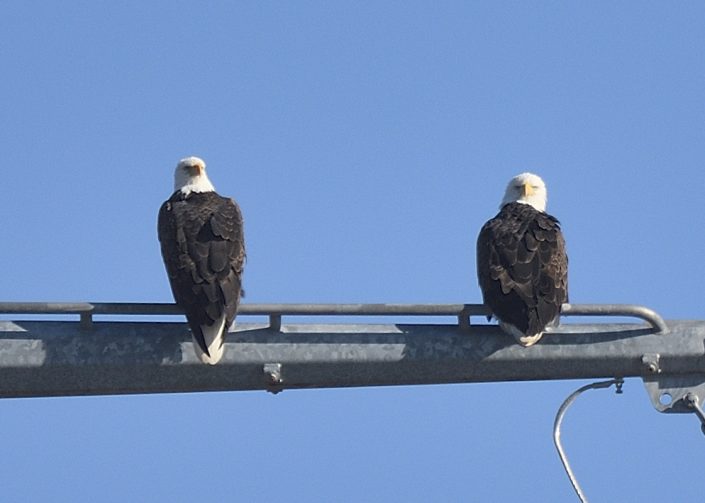
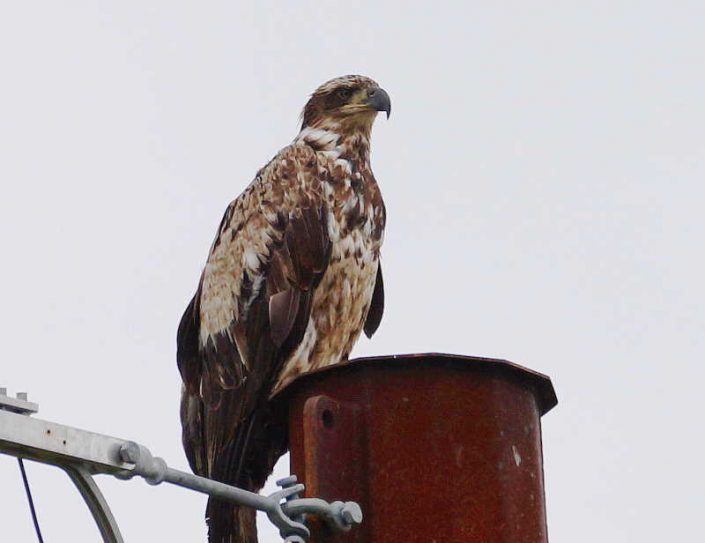

With these interactions come issues, birds can be injured or die from electrocution and collisions which can cause power outages. Nests on poles and transmission towers can create problems with outages and fires as well as risk to chicks or adults. One part of my job is keep track of all reported injured or dead bald eagles in New Jersey. In 2023 there have been fifteen confirmed eagle electrocutions. Any recoveries that are a suspected electrocution or collision with a powerline are reported to the appropriate utility company. CWF and the NJ ENSP have a good relationship with the Utility companies in New Jersey. Each utility company has biologists that work on environmental issues including avian. There are a whole set of issues that they need to be taken into consideration when deciding how best to minimize negative avian interactions. The solutions require time, money and often scheduled power outages. When an area of lines or poles are identified as a risk for bird electrocution/collision, they are made as avian safe as possible. When new distribution lines are rebuilt, avian issues are taken into consideration and the appropriate measures are implemented.
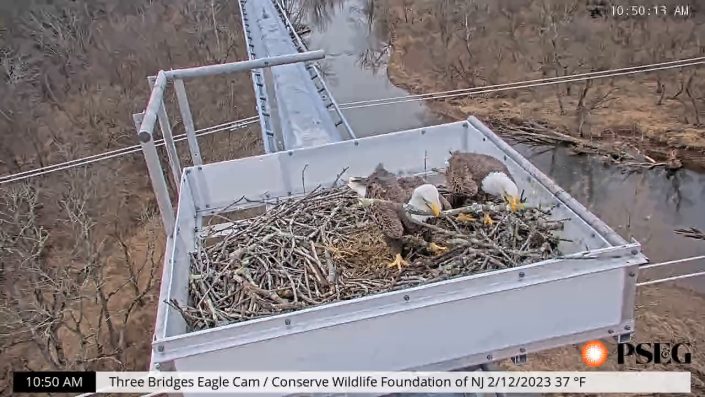
There are quite a few bald eagles and ospreys that nest on poles and transmission towers throughout New Jersey. Most of these nests don’t cause problems, but if they need to be removed, the utility company works to obtain the proper permits and replace the nest with a new nesting structure in close vicinity. One example is the Three Bridges eagle nest. PSE&G needed to replace the entire distribution line where an eagle pair had been nesting on one of the towers for years. After much planning and coordination the nest was removed and placed on a nest platform installed on one of the new towers.
I certainly learned a lot at the workshop and gained a new appreciation for everything that goes into keeping our electricity flowing at the flick of a switch and making sure that avian species stay safe at the same time.
To learn more:
- Avian Powerline Interaction Committee (APIC)
- Three Bridges Eagle Cam (link to blog posts at bottom of eagle cam page)
Discover more from Conserve Wildlife Foundation of NJ
Subscribe to get the latest posts sent to your email.